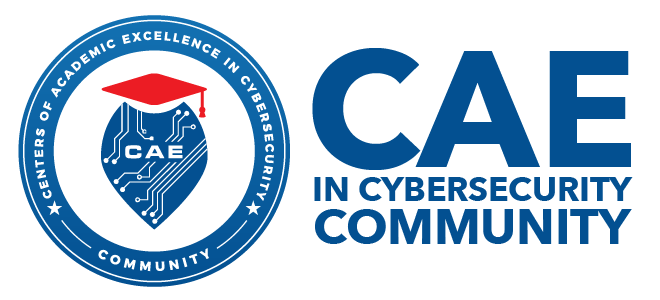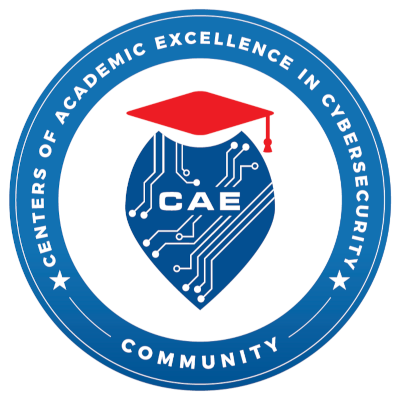Alumni Relations and Involvement
Maintaining an engaged alumni community can be a challenging task. Many colleges and universities struggle to maintain relationships with alumni because they fail to foster a strong bond with the students before graduation. When students graduate, the student-institution relationship should not end; instead, it should continue progressing as needs and expectations change. Institutions should establish a robust student-institution relationship that grows throughout the student lifecycle and continues beyond graduation.

